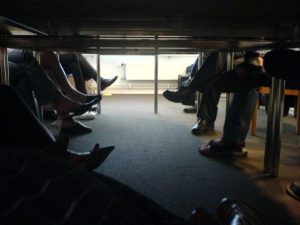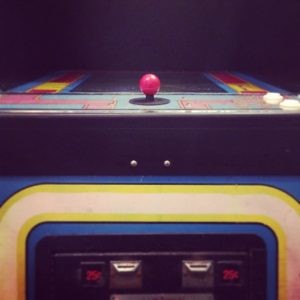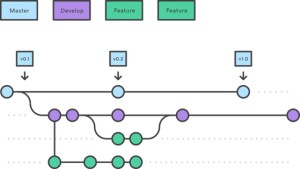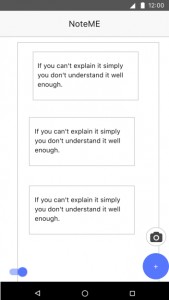--Originally published at Ce qui est chouette
This past week we worked on new levels, progressing through them, storing them locally and fixing some bugs. On Tuesday we had a small review with our professor, Ken, to see how we were going; both parties ended up agreeing we were doing fine, but should delegate a bit more of the responsibilities that pertain to the project.

Onto the deliverables
We generalized text elements to be included in the JSON representation of the map, to not include hardcoded text server-side. We fixed some problem we had with flags messing up the end-of-level and kept the player from progressing to the next level. Now we store the JSONed level in a global variable to reload the level browser-side whenever the player fails to complete the level and falls victim to a cruel trap put there by us, yes, us, the developers who inherently despise them. But hey, the server receives less requests now 
– A reviewed dude.



















